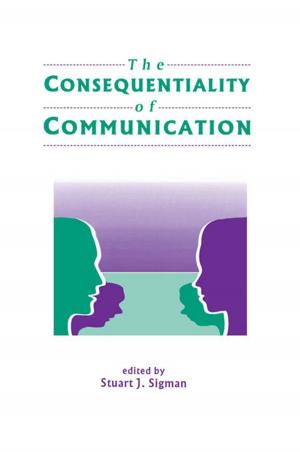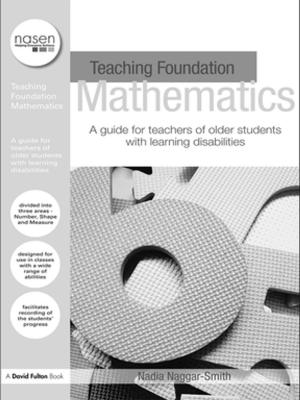Holographic Reprocessing
A Cognitive-Experiential Psychotherapy for the Treatment of Trauma
Nonfiction, Health & Well Being, Psychology, Counselling, Clinical Psychology, Psychotherapy| Author: | Lori S. Katz | ISBN: | 9781135937522 |
| Publisher: | Taylor and Francis | Publication: | August 6, 2012 |
| Imprint: | Routledge | Language: | English |
| Author: | Lori S. Katz |
| ISBN: | 9781135937522 |
| Publisher: | Taylor and Francis |
| Publication: | August 6, 2012 |
| Imprint: | Routledge |
| Language: | English |
Holographic Reprocessing (HR) is a cognitive-experiential psychotherapy based on Seymour Epstein's theory of personality, cognitive experiential self-theory (CEST). According to CEST, people have a natural adaptive system for processing information. If an emotionally distressing event is not fully processed, people may attempt to resolve the stuck point, known as emotional blockage, by unconsciously setting up situations that recreate the original experience. A reenactment can facilitate a healthy confrontation of the issue, but it is not uncommon that this reenactment serves to reinforce negative perceptions and behavioral reactions. HR gives clients an opportunity to gain a new awareness and understanding of their re-enactments, thereby facilitating a constructive reorganization of their perceptual, emotional and behavioral tendencies.
The hologram is used as a model for describing a pattern of these re-enactments - as each experience is a whole experience unto itself as well as being a part of a larger whole, and each experience contains information consistent with the larger pattern. The experience is holographic, and is termed an experiential hologram. These experiential holograms are holistic, integrative, and unique in terms of existing constructs such as a schema, belief, expectation, self-fulfilling prophecy, sensitivity, or script - constructs that are largely cognitive and only part of the holographic picture. The hologram also activates an experiential reaction including affect, sensations, and associations. The model of the experiential hologram is intended to more closely explain human experience, as it is assumed that experience itself is processed in a complex array of cognitions, affective reactions, sensations and associations.
Written by a clinical psychologist specializing in the trauma therapy, this volume will guide mental health professionals through the use of holographic reprocessing in their treatment of trauma victims, from sufferers of PTSD to rape victims.
Holographic Reprocessing (HR) is a cognitive-experiential psychotherapy based on Seymour Epstein's theory of personality, cognitive experiential self-theory (CEST). According to CEST, people have a natural adaptive system for processing information. If an emotionally distressing event is not fully processed, people may attempt to resolve the stuck point, known as emotional blockage, by unconsciously setting up situations that recreate the original experience. A reenactment can facilitate a healthy confrontation of the issue, but it is not uncommon that this reenactment serves to reinforce negative perceptions and behavioral reactions. HR gives clients an opportunity to gain a new awareness and understanding of their re-enactments, thereby facilitating a constructive reorganization of their perceptual, emotional and behavioral tendencies.
The hologram is used as a model for describing a pattern of these re-enactments - as each experience is a whole experience unto itself as well as being a part of a larger whole, and each experience contains information consistent with the larger pattern. The experience is holographic, and is termed an experiential hologram. These experiential holograms are holistic, integrative, and unique in terms of existing constructs such as a schema, belief, expectation, self-fulfilling prophecy, sensitivity, or script - constructs that are largely cognitive and only part of the holographic picture. The hologram also activates an experiential reaction including affect, sensations, and associations. The model of the experiential hologram is intended to more closely explain human experience, as it is assumed that experience itself is processed in a complex array of cognitions, affective reactions, sensations and associations.
Written by a clinical psychologist specializing in the trauma therapy, this volume will guide mental health professionals through the use of holographic reprocessing in their treatment of trauma victims, from sufferers of PTSD to rape victims.















